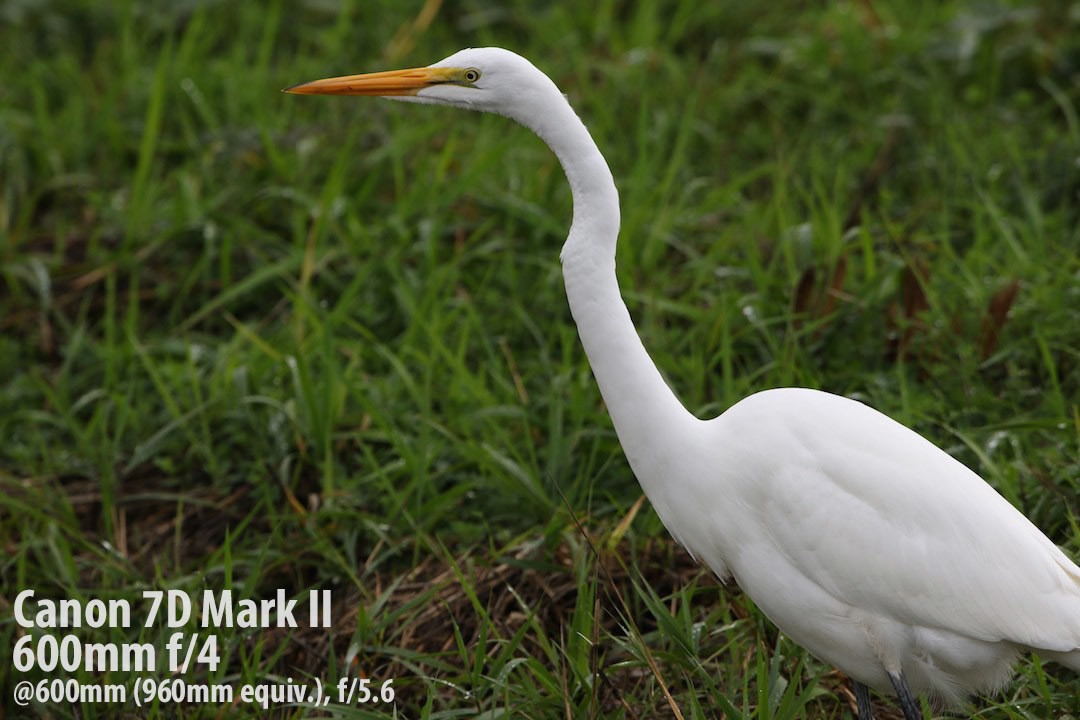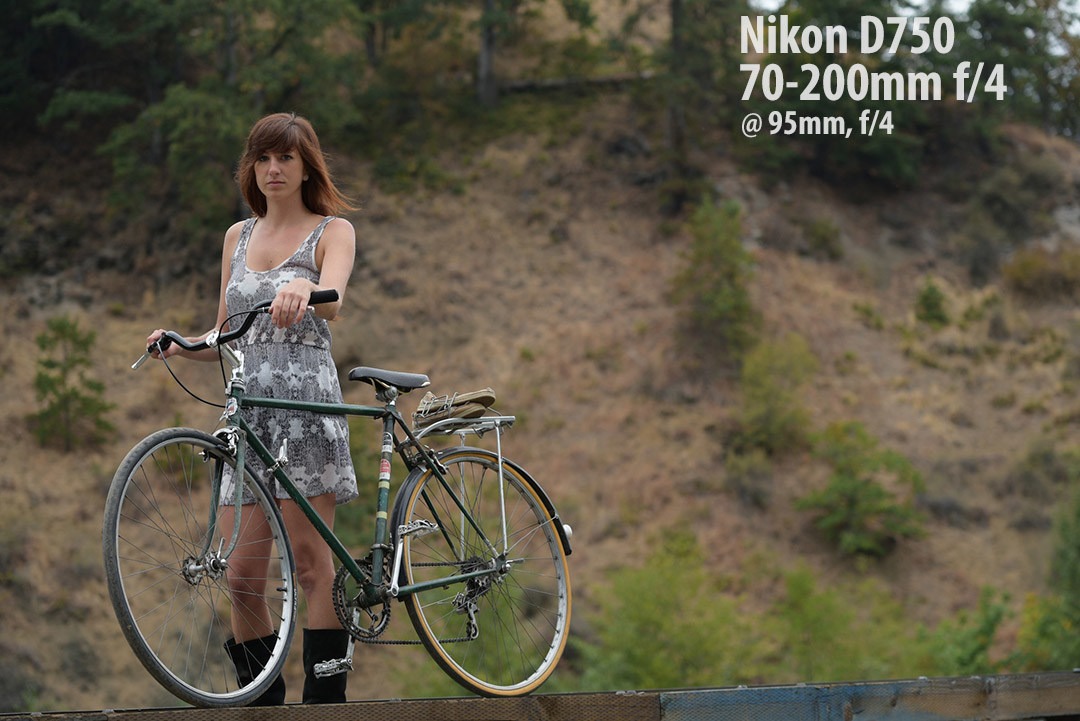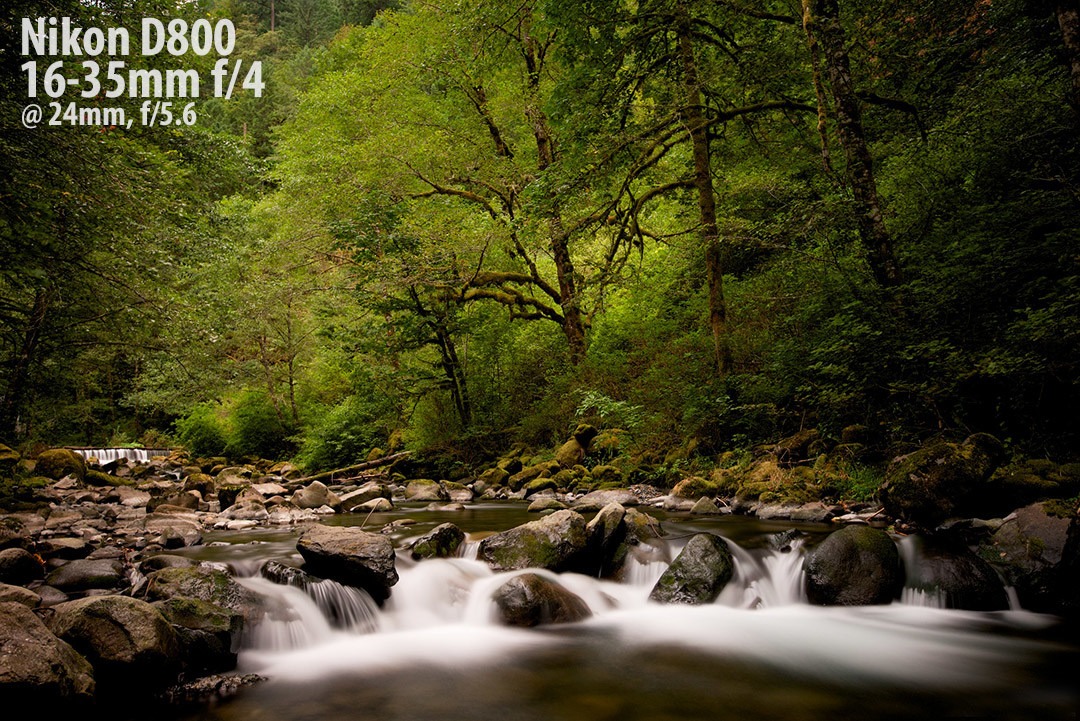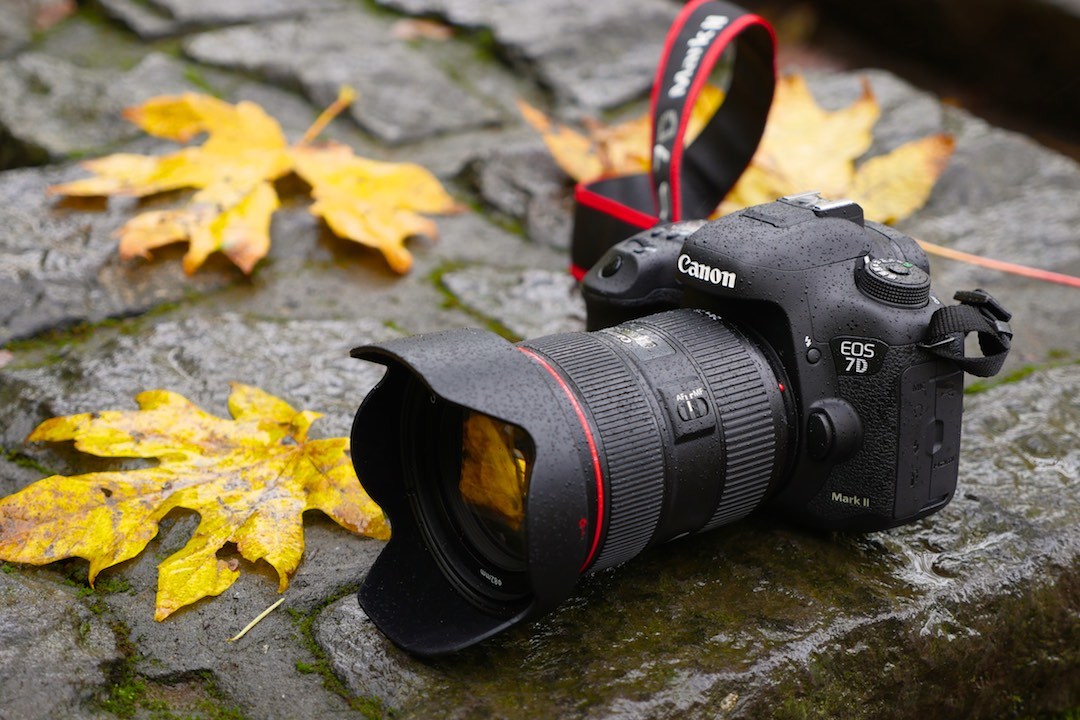You are here
Looking to hone or improve your photography skills? This series offers some great tips and tricks to do just that. Have something to add or have a specific question? Please share in the comments below.
Before we begin, a note about crop factor. Many cameras user smaller sensors, which means there will be a crop factor when compared to full-frame (35mm) cameras. Non-full-frame models from Canon, Nikon, Sony, and Fuji have a crop factor of 1.5X (Canon’s is technically 1.6X). Micro Four Thirds cameras (Panasonic, Olympus) have a crop factor of 2X. This means a 100mm lens on a full-frame camera looks like a 200mm on a MFT camera. (For a full explanation of what this means, see this article.)
Okay, now on with the show!
Wildlife

Beginner photographers often believe that long telephoto lenses—like those hulking 600mm lenses you see on the sidelines of football games—allow you to shoot great photos of birds, bears, and other beasts (like football players) from a comfortable, safe distance. While this is partly true, the reality is that the best wildlife photographers still need to get uncomfortably close to their subjects to capture the type of photos you may have seen in National Geographic. The moral is that you can’t rely on your gear to get the shot, but you can improve your luck by working with the longest lens you can find. As a general rule, you’ll want to use something beyond 200mm, and probably much more. These “big glass” lenses get pretty expensive, so consider renting for a weekend if this isn’t a lens you’re going to need more than a few times a year. Also, keep in mind that, at least for DSLR shooters, these lenses are going to add quite a bit of weight to your kit—even more once you realize you’re going to need a tripod.
Suggested Lenses: Canon 100-400mm, Nikon 80-400mm, Fuji 50-230mm, Sony 55-210mm, Panasonic 100-300mm
Exception:
When photographing small animals, especially insects, you may run into the “minimum focusing distance” error on long telephoto lenses, which typically require several feet of distance between you and your subject to be able to focus properly. In this case, a macro lens is your best friend. If you can sneak up close enough on your subject, a macro lens will let you bring out astonishing detail that you didn’t even notice with your naked eye.
Pro tip:
Portraits

People tend to not be quite as skittish as animals, but telephoto lenses are also useful for portraits, as they will allow you to keep a comfortable distance from your human subjects. Many portrait photographers prefer a lens in the 50mm to 200mm range, with the classic 85mm prime lens occupying a sweet spot. In addition to giving your subject breathing room, short telephoto lenses have a very flattering “compression” effect. Wide-angle lenses, on the other hand, can stretch and accentuate facial features in unappealing ways. Telephoto lenses also produce a shallower depth-of-field than wide-angle lenses at the same aperture value, thereby rendering softer (more out-of-focus) backgrounds, which makes your subject stand out. Use a fast telephoto lens, such as an 85mm f/1.8, to increase the effect.
Suggested lenses: Canon 85mm f/1.8, Nikon 85mm f/1.8, Fuji 56mm f/1.2, Sony 50mm f/1.8, Olympus 45mm f/1.8
Exception:
When the environment matters, a close-up, shallow-depth-of-field portrait won’t cut it. This is where a wide-angle lens may be preferable. Maintain distance from your subject to take in the surrounding area and keep your subject somewhat near the center of the frame to minimize distortion; then select a smaller aperture (f/8, f/11, etc.) to increase depth of field. This will treat both the person and the place as subjects in your photo, and will tell an inherently different story than the standard portrait.
Pro tip:
Always take time to experiment. Step closer, step farther away, change your framing, change your focal length (switch lenses or zoom in and out), and generally shoot more than you think you need to. As a general rule, take at least one close-up and one environmental portrait for each subject/location.
Landscapes

Wide-angle lenses are the common suggestion here, as they allow you to take in a large swath of area and their distortion characteristics aren’t so noticeable on things like trees and rocks as they are on human faces. Depending on the scene, anything from 14mm to 35mm may be appropriate; the shorter the focal length, the wider the angle of the view, and the greater area you will be able to capture.
Suggested Lenses: Canon 10-18mm, Nikon 10-22mm, Fuji 10-24mm, Sony 10-18mm, Panasonic 7-14mm
Exception:
When shooting distant landscapes, such as a sunset behind a mountain, a telephoto lens may actually be better, as it will hone in on the most important area of the landscape and minimize distractions.
Pro tip:
Telephoto lenses are also good for multi-exposure panoramic shots, as the distortion of wide-angle lenses makes them more difficult to stitch together. Due to the reduced angle of view, you will need to shoot and stitch more pictures, but that will also greatly increase the final resolution of your panoramic.





Comments
Sign In and share them.